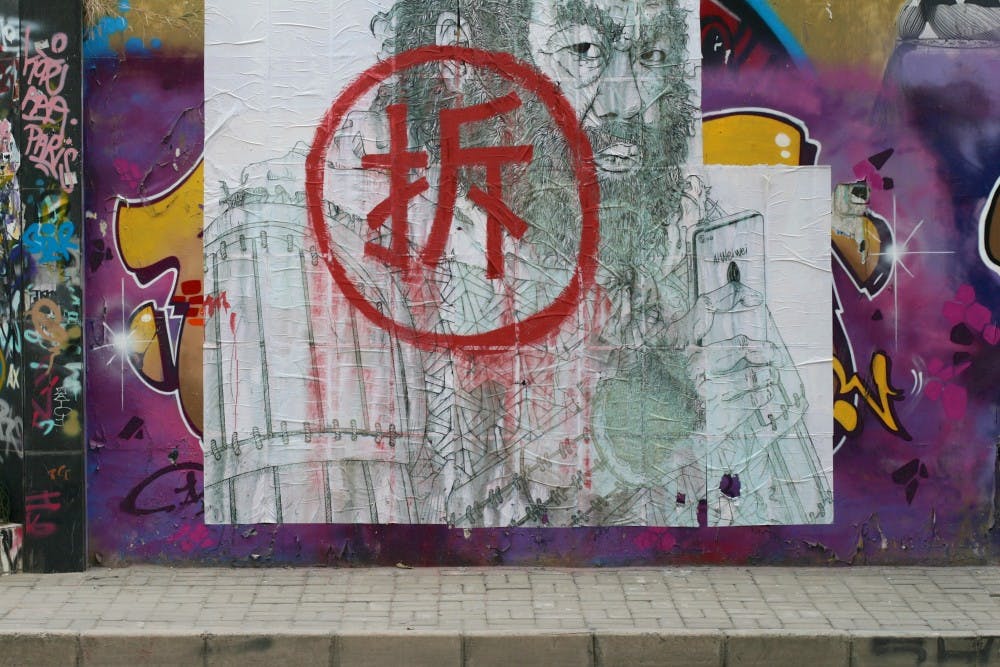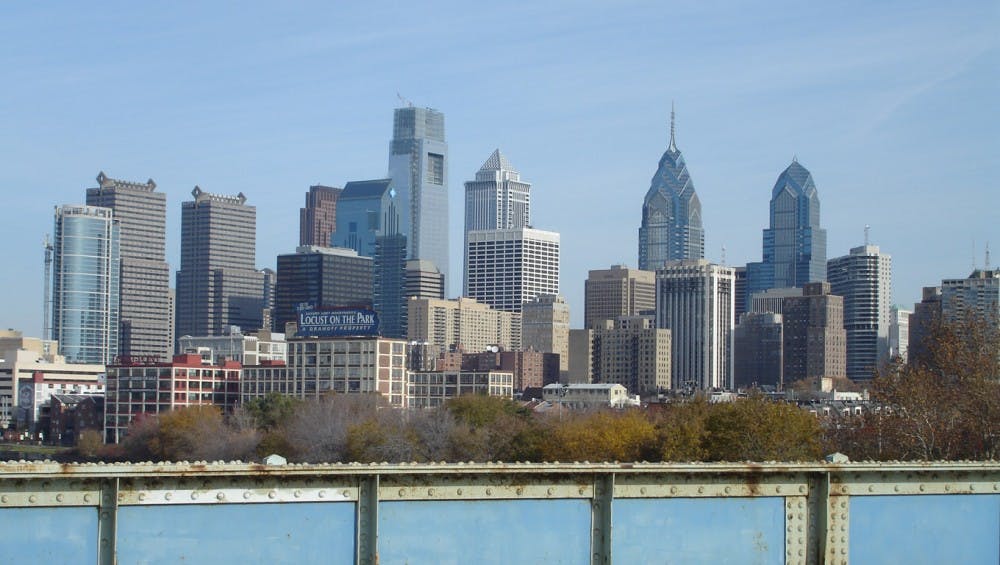
As a kid, I had always wondered why a bright red “拆” had been painted on the dilapidated apartment complex right next to my dad’s office building. I knew what the character meant — to tear or break down — but there the building stood, month after month. Each time my dad brought me to work, I would stare at the ugly character as we drove by, contemplating how difficult it was for the government to simply tear down a building and why it was allowed to remain for so long.
When I finally decided to ask my father about the bright red character, the apartment complex had been feebly standing for over a year. His answer to my question was simple: The people who lived in it just didn’t want to move out.
Sounds reasonable, I thought, accepting his answer reluctantly. Therefore, when my dad brought me to his office one December day in fourth grade and the building was no longer there, I had simply assumed that the residents finally agreed to leave and never gave it much thought again — until I moved to Philadelphia.
Over the past few decades, Beijing has been rapidly transforming. What follows such large-scale development is the inevitable displacement of people. What was known as “Lao Bei Jing,” or “Old Beijing,” has slowly but surely seen gradual destruction. The government effort to tear down buildings within the Second Ring — an area equivalent to University City in Philadelphia — is only one manifestation of such efforts, and the building next to my dad’s office only one of its endless victims. Many who had resided in Beijing for countless generations have been displaced to the outskirts of the city so that larger construction projects for office buildings and malls can take place in an optimal location. Oftentimes, families are reluctant to move, not only due to sentimentality (multiple generations, some since the eras of the dynasties, had inhabited the same houses), but also because they expect the price of land around Second Ring to skyrocket in the coming years.

But government orders leave them little choice. The monetary compensation families receive for immediate displacement is meager, and usually they can barely afford 500-square-foot apartments with such displacement funds, forcing them to seek cheaper housing toward the outskirts of the city.
So who fills the demographics in such optimal locations? The answer is “外地人” — foreigners who, like my own parents, ventured to Beijing during their youths in search of better jobs and business opportunities. Yet their coming had slowly eroded the original culture and flavor of Beijing, shifting the community dynamic. The “Old Beijing” collapsed along with antique city walls and hundred-year-old residences, replaced by skyscrapers and malls that stood majestically yet indifferently in the midst of their downfall.
It was only after my arrival at the University of Pennsylvania that I recognized the parallel between my home city and one that I am about to call home for the next four years. My preconception of Philadelphia before my arrival consisted solely of bustling music, art and culture — the silent encroachment of University City and the parallels it holds to Beijing’s situation had eluded my attention.
After Penn’s purchase of surrounding lands in West Philadelphia, The Landscape Development of 1977 disrupted numerous long-standing communities. At the same time, there was a rapid increase in homicides. According to Penn historian Eric Schneider, the ensuing “[c]hange in the homicide rate was startling; a modest 3.4 homicides per 100,000 in 1960 became 26.3 in 1970 and 31.9 in 1980 as the underground economy replaced the world of legitimate work.” Just like in Beijing, housing prices have risen dramatically, driving up property taxes and forcing people incapable of paying to resettle.
Over the years, Penn has tried to address this issue through the Netter Center — an outreach organization intended to provide community service to West Philadelphia and beyond. However, Penn’s almost desperate eagerness to propel this program begs the question of the University’s intention — is Penn eagerly advertising community outreach programs out of true altruism, or solely out of guilt over the damage that it has irreversibly caused on the community?
Regardless, as a university student and member of society who has both directly and indirectly contributed to the issue of gentrification, I find it imperative to at least try to impact my surroundings. West Philadelphians have been displaced to grant many students all around the world a more comprehensive “Penn Experience.” The damage we have inflicted may be irreversible, but it is only right that we use our Penn education to start making amends.

LILIAN ZHANG is a College freshman from Beijing studying the biological basis of behavior and Hispanic studies. Her email address is lilzhang@sas.upenn.edu.
The Daily Pennsylvanian is an independent, student-run newspaper. Please consider making a donation to support the coverage that shapes the University. Your generosity ensures a future of strong journalism at Penn.
Donate




